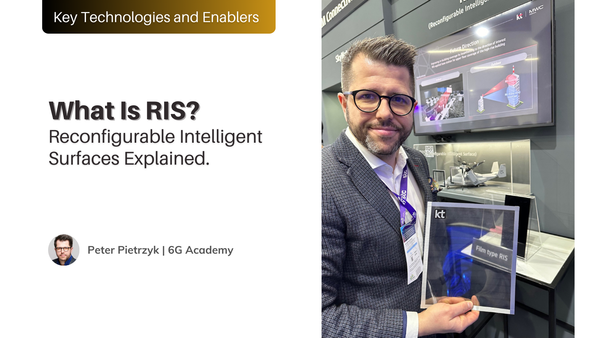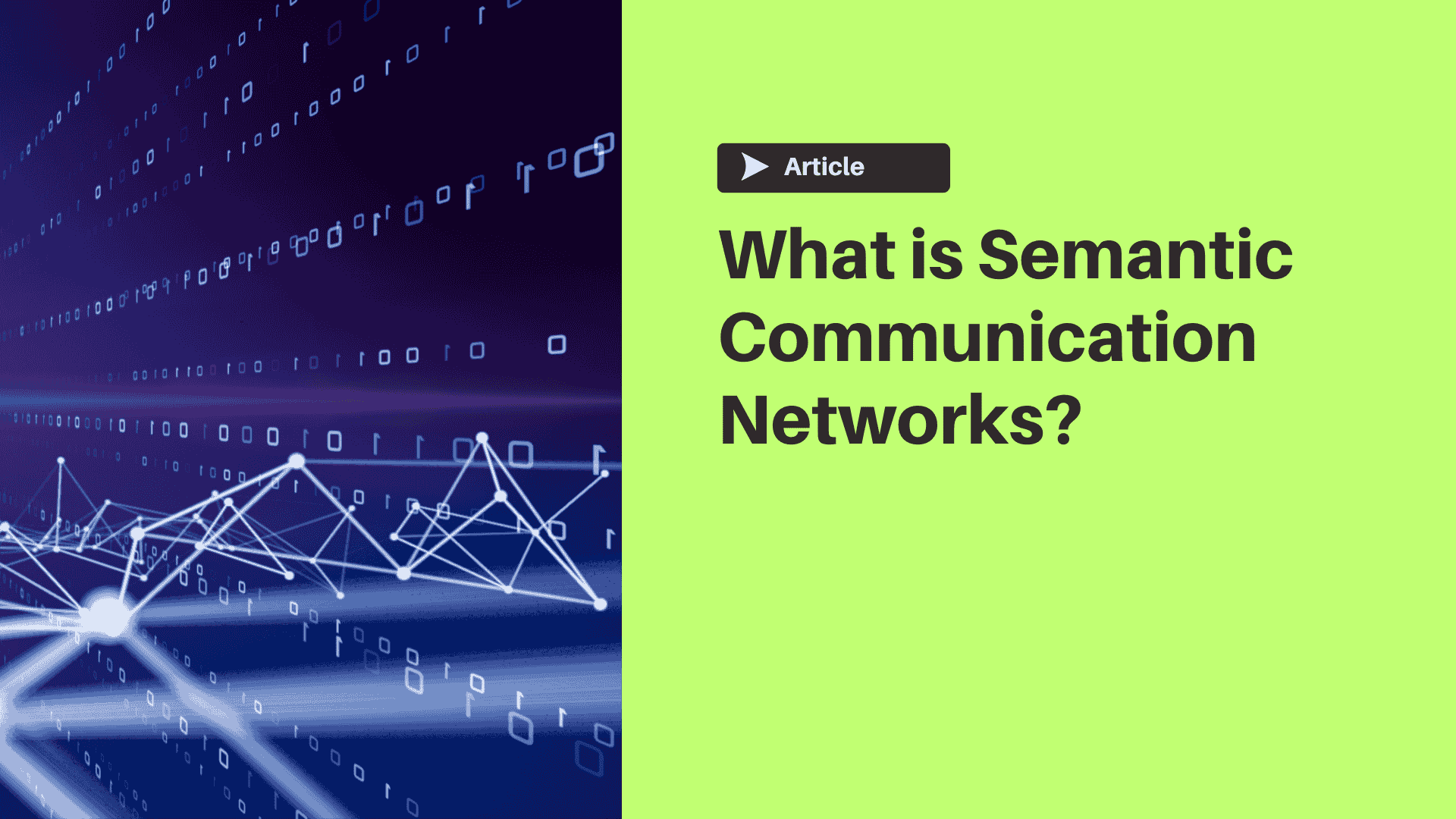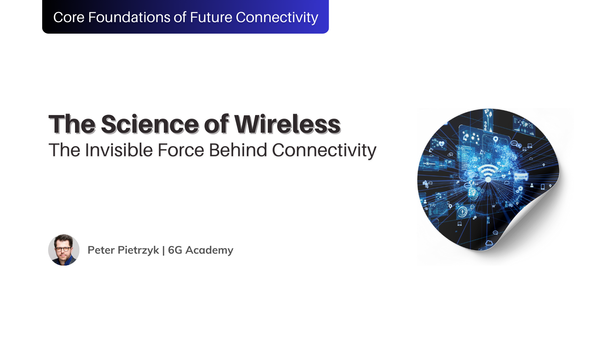Imagine a wireless network that functions like a colony of ants or a hive of bees. Each node operates semi-independently, adapting to changing conditions in real-time without waiting for a central command. This is the promise of swarm intelligence for 6G and NextG networks—a revolutionary approach poised to tackle the growing demand for resilience, adaptability, and self-healing capabilities in critical infrastructure.
Swarm intelligence isn’t just an upgrade; it’s a whole new paradigm that aligns with the goals of dual-use technology—serving both civilian and defense needs—while enhancing network resilience and providing self-healing capabilities. Here’s how swarm intelligence, inspired by nature, is set to transform 6G.
What is Swarm Intelligence?
Swarm intelligence refers to the collective behavior of decentralized, autonomous systems. In nature, organisms like ants, bees, and birds follow simple rules to solve complex challenges through collaboration:
- Ant colonies find the shortest routes to resources by leaving and following pheromone trails.
- Bee colonies use scouts to evaluate food sources, collectively choosing the optimal location.
- Bird flocks adjust direction quickly by responding to neighbors, forming coordinated, agile groups.
One of nature's most mesmerizing displays of swarm intelligence is the murmuration of starlings—a phenomenon where thousands of birds synchronize their movements, creating flowing, hypnotic patterns in the sky.
This effortless coordination allows the flock to evade predators and adapt dynamically, demonstrating the power of decentralized, self-organizing behavior.
In networks, swarm intelligence applies these principles by enabling nodes to communicate, collaborate, and adapt autonomously. This decentralized approach builds a resilient system where each node adjusts based on local conditions, contributing to an optimized, adaptable network that requires minimal centralized intervention.
Why 6G Needs Swarm Intelligence for Resilience and Self-Healing
As we push the limits of network technology, 6G and NextG must address pressing challenges like resilience to disruptions, autonomous self-healing, and dual-use applications:
- Resilience in Critical Infrastructure:
- In a NextG world, where connectivity supports essential services like emergency response, autonomous transport, and smart cities, network resilience is crucial. A swarm-driven network can distribute tasks and resources autonomously, responding to localized demands or failures. This decentralized design enhances resilience by eliminating single points of failure.
- Dual-Use Applications for Civilian and Defense Needs:
- NextG networks are expected to serve dual-use functions, supporting both civilian needs and defense or emergency operations. Swarm intelligence is ideally suited for this purpose because it enables dynamic, secure, and resilient communications across high-stakes environments.
- Autonomous vehicles, drones, and IoT sensors—technologies critical to both civilians and defense—can leverage swarm principles to operate collectively, minimizing disruptions while sharing data quickly and securely. This capability is especially vital for military applications, where secure, flexible networks are needed to adapt on the fly in tactical scenarios.
- Self-Healing Networks:
- Swarm intelligence brings self-healing capabilities by allowing nodes to detect and compensate for failures without manual intervention. When one node encounters interference, others can immediately adjust, rerouting traffic and reallocating resources as needed. This self-healing process keeps services running smoothly and is essential for achieving the reliability needed for mission-critical applications.
Comparative Table: Traditional Networks vs. Swarm-Based Networks
This table demonstrates how swarm-based networks are designed for resilience, adaptability, and dual-use applications, making them more suitable for the demands of NextG technologies.
How Swarm Intelligence Solves These Challenges
Swarm intelligence supports a highly adaptable and resilient network architecture that tackles key challenges through:
- Distributed Decision-Making for Fault Tolerance:
- Each node in a swarm-driven network assesses its environment and makes independent decisions on resource allocation and connectivity. This setup reduces the risk of single points of failure, making the network highly fault-tolerant.
- Self-Healing Through Local Collaboration:
- Swarm-based networks enable nodes to communicate directly with one another, allowing for real-time adjustments and self-healing capabilities. If one node is compromised, nearby nodes shift resources and manage load to avoid service interruptions.
- Optimized Resource Use for Energy Efficiency:
- Swarm intelligence optimizes resource allocation in real-time, reducing energy consumption when demand is low and dynamically scaling when it’s high. This flexibility helps to lower operational costs, conserve energy, and meet the environmental goals increasingly important to both civilian and defense sectors.
Case Study: AGILOX’s Swarm-Driven AMRs in Logistics
Case Study: AGILOX’s Autonomous Mobile Robots (AMRs) use swarm intelligence for logistics in high-stakes environments, such as BMW’s manufacturing plants, where resilience and efficiency are paramount.
- Fleet Efficiency: 27 AMRs at BMW’s plant transport materials over 2,000 miles each week autonomously, adapting routes and avoiding obstacles without centralized control.
- Reduced Costs: No central control system is required, and setup costs are minimized. The robots also use just-in-time resource management, which cuts down on excess energy use.
- High Resilience: If one AMR encounters a blockage, others reroute autonomously to avoid disruption, exemplifying swarm intelligence’s role in self-healing logistics networks.
The Future of 6G: Building Resilient, Self-Healing Networks
As NextG evolves, resilience, dual-use adaptability, and self-healing capabilities are more critical than ever. Swarm intelligence enables a network that can withstand failures, adapt autonomously, and serve both civilian and defense applications seamlessly.
Imagine a 6G network that can operate independently, make microsecond-level decisions, and self-heal in real-time. This is the promise of swarm intelligence—a network design that reflects the complexity and adaptability found in nature.
What’s Next? Our next article will delve into the technical aspects of implementing swarm intelligence in Radio Access Networks (RAN) to enable these resilient, self-healing capabilities. Stay tuned!









